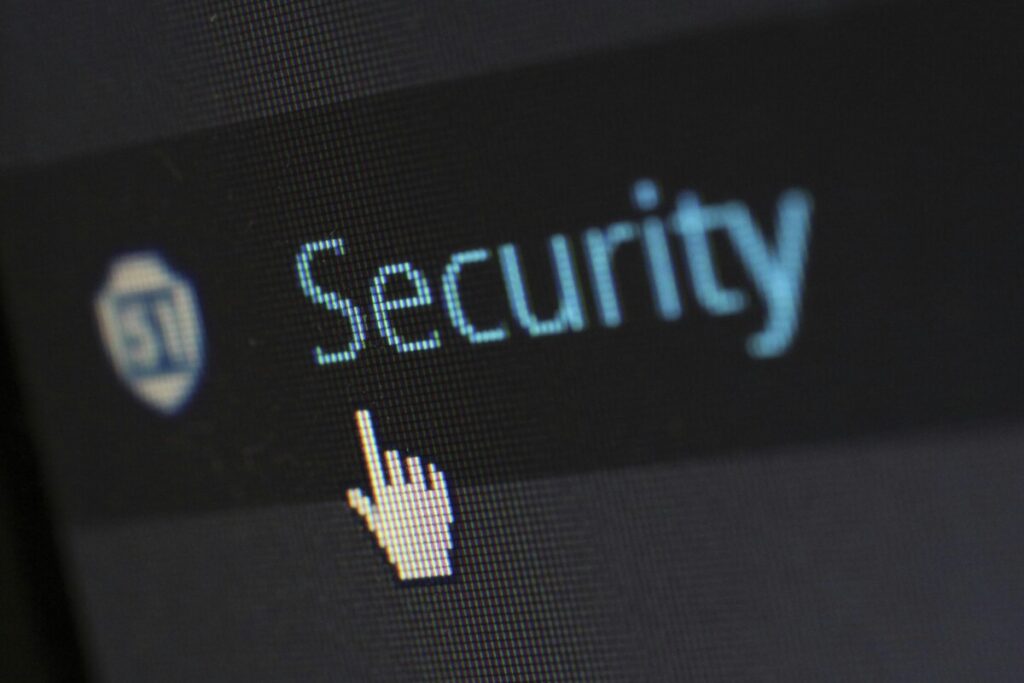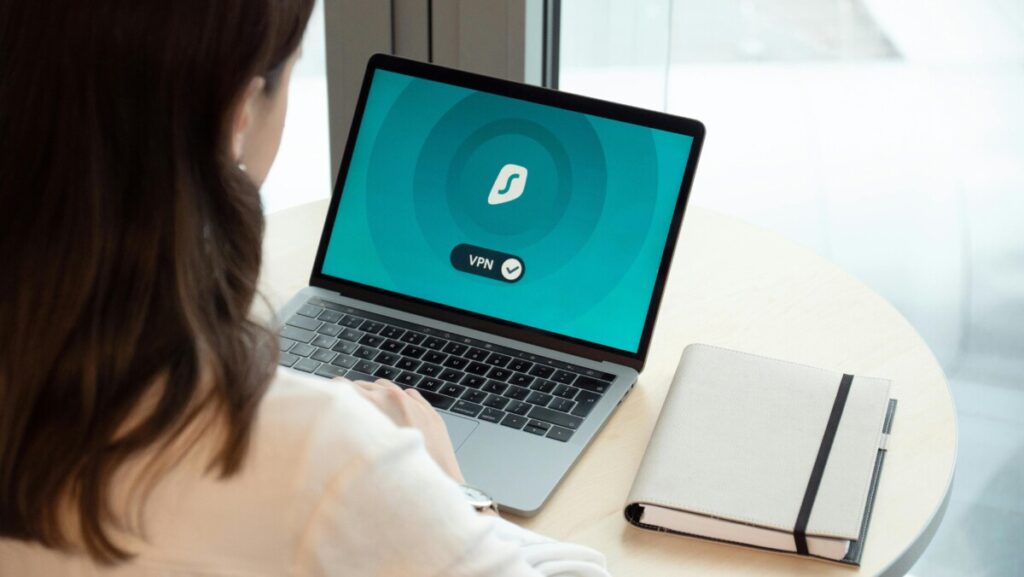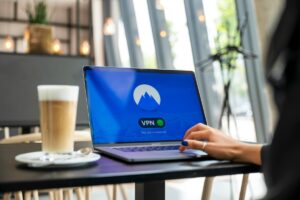Data Privacy & Cybersecurity: Best Practices

In today’s digital landscape, the importance of cybersecurity cannot be overstated. Cybercrime is projected to cost the world $10.5 trillion annually by 2025, showcasing the immense financial threat posed by cyberattacks (source).
Data breaches have reached alarming levels. In fact, the average cost of a data breach in 2023 is estimated to be $4.35 million, which encompasses expenses for detection, notification, and recovery (source). With 43% of cyberattacks targeting small businesses, it’s evident that no organization is too small to be a target.
Moreover, the rise of remote work has resulted in a staggering 300% increase in phishing attacks, further highlighting the vulnerabilities we face in our digital communications (source). To combat these threats, individuals and organizations must adopt actionable cybersecurity tips.
This article will provide you with practical strategies to enhance your cybersecurity posture, ensuring you can better protect your data and privacy.
affiliate link
Creating Strong Passphrases
In today’s digital world, having uncrackable passphrases is essential for safeguarding your personal accounts. Weak passphrases are akin to leaving your front door unlocked, making it easy for hackers to gain access to your sensitive information. According to expert recommendations, creating strong passphrases is a crucial step in enhancing your cybersecurity.
To create strong passphrases, consider the following tips:
Opt for Passphrases: Use a sequence of at least four words, e.g., “Closet lamp Bathroom Mug”.
Emphasize Complexity: Combine uppercase, lowercase, numbers, and symbols if you must use a password.
Avoid Common Mistakes: Stay away from easily guessable passwords like “password” or birthdays.
Here’s a quick comparison of weak versus strong passphrases:
| Weak Passphrases | Strong Passphrases |
|---|---|
| 12345 | N0r+Hc^R0|in^99 |
| password | +0DD|iK3SPa^cAk3S |
| John99 | mBMiWbhSH@HAhRI2020 |
By following these guidelines, you can significantly enhance the security of your passphrases, keeping your accounts safer from cyber threats. For more information on the importance of strong passwords, check out this resource.
Enabling Two-Factor Authentication

Two-factor authentication (2FA) is a vital security process that enhances your account protection. By requiring two distinct pieces of evidence—something you know (like a password) and something you have (such as a one-time passcode)—2FA makes unauthorized access significantly more difficult. According to IBM, compromised credentials account for 10% of data breaches, underscoring the necessity of 2FA.
affiliate link
“Even if your password is compromised, 2FA ensures that unauthorized users cannot access your account without the second factor.”
To enable 2FA on popular platforms, follow these simple steps:
Google: Go to your Google Account settings. Navigate to ‘Security,’ then select ‘2-Step Verification’ and follow the prompts.
Facebook: Open Facebook, go to ‘Settings & Privacy,’ then ‘Settings.’ Click on ‘Security and Login’ and enable ‘Two-Factor Authentication.’
Twitter: Log in and go to ‘Settings and Privacy.’ Select ‘Security and account access,’ then ‘Security’ to set up 2FA.
Instagram: Access your profile, tap ‘Settings,’ then ‘Security.’ Choose ‘Two-Factor Authentication’ and follow the instructions.
Microsoft: Sign in to your account, go to ‘Security settings,’ and enable ‘Two-step verification.’
Dropbox: Log in, go to ‘Settings,’ click on the ‘Security’ tab, and enable ‘Two-step verification.’
Always keep backup codes in a safe location in case you lose access to your 2FA method. By taking these steps, you’ll significantly enhance your account’s security.
Spotting Phishing Links
Phishing is a deceptive tactic used by criminals to obtain sensitive information such as personal data and financial details. These fraudulent attempts often masquerade as trustworthy entities in emails, texts, or social media messages. For instance, a phishing email might state, “Your account has been compromised! Click here to secure it immediately!” This language creates a sense of urgency, pressuring you to respond quickly without thinking.
To protect yourself, familiarize yourself with the common signs of phishing attempts. Look for urgent language, requests for personal information, and untrusted shortened URLs. Additionally, verify the email address; phishing emails often use slight variations of legitimate domains, like amazan.com instead of amazon.com.
When in doubt, always verify the authenticity of links. You can do this by hovering over the link to see the actual URL or by contacting the organization directly through official channels rather than clicking on links provided in the suspicious message. Remember, if it seems too good to be true, it probably is!
Importance of Auto-Updates
Auto-updates are crucial in maintaining the security of your devices by promptly patching vulnerabilities. Regularly updating software ensures that important security patches are applied, reducing the risk of cyber attacks. In fact, 60% of all data breaches are attributed to unpatched vulnerabilities, according to Automox’s 2022 report. Furthermore, 32% of cyberattacks start with an unpatched vulnerability, emphasizing the need for vigilance in software maintenance.
To help you keep your devices secure, here’s how to enable auto-updates on popular platforms:
| Device | Instructions |
|---|---|
| iPhone/iPad | Settings > Apps > App Store > Turn on App Updates |
| Mac | App Store > Settings > Enable Automatic Updates |
| Apple Watch | Settings > App Store > Turn on Automatic Updates |
| Apple TV | Settings > Apps > Turn on Automatically Update Apps |
By enabling auto-updates, you ensure that your devices are equipped with the latest security features and bug fixes, significantly reducing the risk of cyber threats. Remember, timely installation of updates is vital to protect against emerging threats.
Encrypting Your Devices
Encryption is essential for protecting sensitive data on your phones and cloud drives. It transforms your information into a coded format that can only be read by those with the correct key. This layer of security is vital in preventing unauthorized access and safeguarding your personal information from cyber threats.
“Encryption is not just a luxury; it’s a necessity in today’s digital landscape.”
Here’s a step-by-step guide to encrypting your devices:
iPhone/iPad: Go to Settings > Face ID & Passcode > Enable Data Protection.
Android: Go to Settings > Security > Encrypt phone and follow the prompts.
Windows: Search for BitLocker in the Control Panel, and enable it for your drive.
macOS: Open System Preferences > Security & Privacy > Check Encrypt.
Despite its importance, some misconceptions exist. Many believe that encryption slows down devices or is too complex to implement. In reality, modern devices handle encryption efficiently, and setting it up is straightforward. For more information on the benefits of encryption, check out this resource.
By taking these steps, you enhance your data security and protect yourself from potential threats.
affiliate link
Using a VPN Effectively
A VPN, or Virtual Private Network, plays a crucial role in protecting your online privacy. It creates a secure, encrypted connection between your device and the internet. This shields your activities from hackers, ISPs, and government surveillance. In fact, studies show that using a VPN can reduce the risk of data breaches by up to 80%.
When selecting a VPN, consider these key features:
Updated Apps: Ensure the VPN regularly updates its software.
Clear Logging Policy: Look for a transparent privacy policy.
Instant Customer Support: Choose services with 24/7 live chat support.
Kill Switch Feature: This protects your data if the connection drops.
Server Options: Proximity to servers can enhance speed.
To maximize privacy, adjust your VPN settings by enabling the Kill Switch and DNS leak protection. Always use strong encryption standards like AES-256 and ensure your provider has a strict no-logs policy. Regularly check for updates to stay ahead of new threats.
Practical Checklists for Cybersecurity
Maintaining cybersecurity is crucial in our digital age. To help you stay secure, here are some practical checklists tailored for specific areas:
Social Profiles:
Enable two-factor authentication on all accounts.
Review privacy settings regularly to restrict who can see your information.
Remove any old accounts or unused applications.
Smart-Home Gadgets:
Change default passwords on all devices.
Update firmware and software regularly.
Disable features you do not use, such as remote access.
Travel Wi-Fi Habits:
Use a VPN to secure your connection on public networks.
Avoid accessing sensitive accounts or making transactions.
Forget the network after use to prevent automatic reconnections.
It’s essential to regularly review these checklists to adapt to new threats. Establishing these low-cost habits can significantly enhance your online security. Consider printing these checklists and keeping them handy for easy reference!






